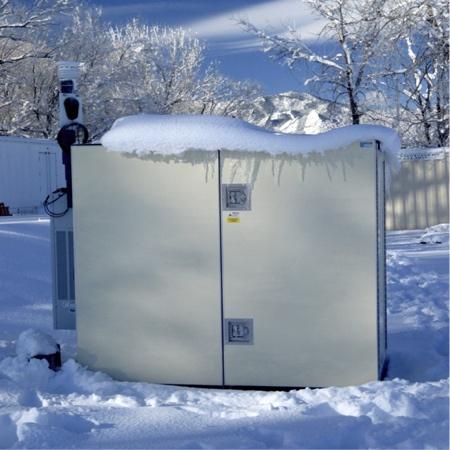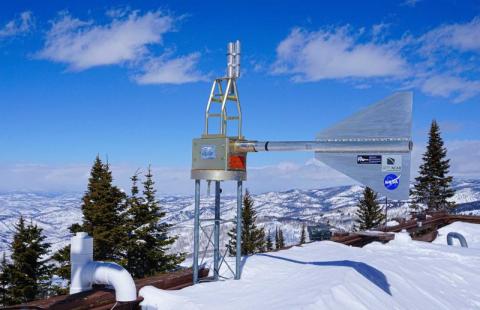
The NSF NCAR C-130 research aircraft has returned from its scheduled heavy maintenance inspection, marking an important milestone in its continued readiness for scientific missions. This comprehensive inspection, a necessary component for ensuring the flight readiness and structural integrity of the aircraft, is a key part of sustaining the long-term performance and safety of this NSF NCAR airborne research platform. The maintenance work addressed airframe systems, avionics, and mechanical components, bringing the aircraft up to current operational standards and preparing it for future field campaigns. The next mission for the aircraft is the Greater New York Oxidant Trace Gas Halogen and Aerosol Airborne Mission (GOTHAAM.), to be conducted in the greater New York Metropolitan area in July. As part of the inspection process, the C-130 also received a fresh new paint job, giving the aircraft a clean, updated appearance that also reflects the new NSF branding requirements.
EOL in the News
Read stories and articles about the incredible work by EOL staff and our suite of requestable Lower Atmosphere Observing Facilities (LAOF).

NSF Facility and Instrumentation Request Process (FIRP)
The Facility and Instrumentation Request Process (FIRP) solicitation describes the mechanism by which the research community can propose projects that require access to facilities and instrumentation sponsored by the Facilities for Atmospheric Research and Education (FARE) Program in the Division of Atmospheric and Geospace Sciences (AGS). Specialized FARE instrumentation and facilities include the Lower Atmosphere Observing Facilities (LAOF) and the Community Instruments and Facilities (CIF). For more information, please contact Nick Anderson, NSF Program Director (AGS-PDM@nsf.gov).

Explore NCAR-managed Lower Atmosphere Observing Facilities for your field research
EOL manages and operates a portfolio of multi-user national facilities that are sponsored by NSF. The NCAR-managed Lower Atmosphere Observing Facilities include:
These specialized facilities and instrumentation can be requested to carry out the scientific field work associated with the investigation of a wide range of geophysical phenomena.




